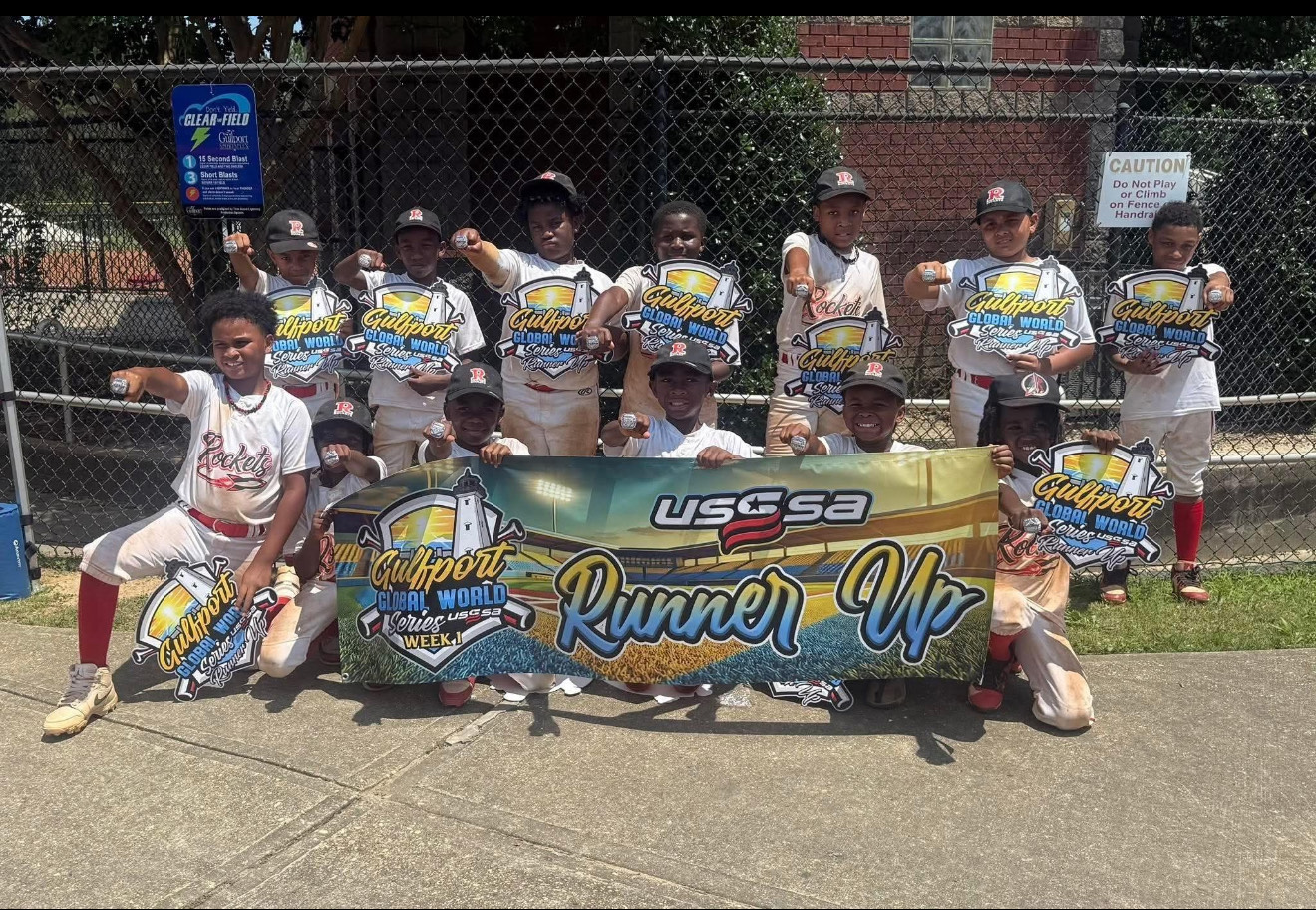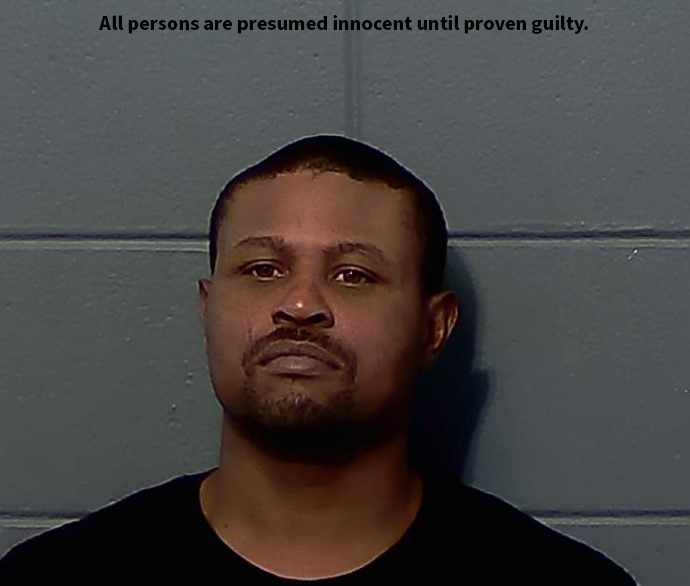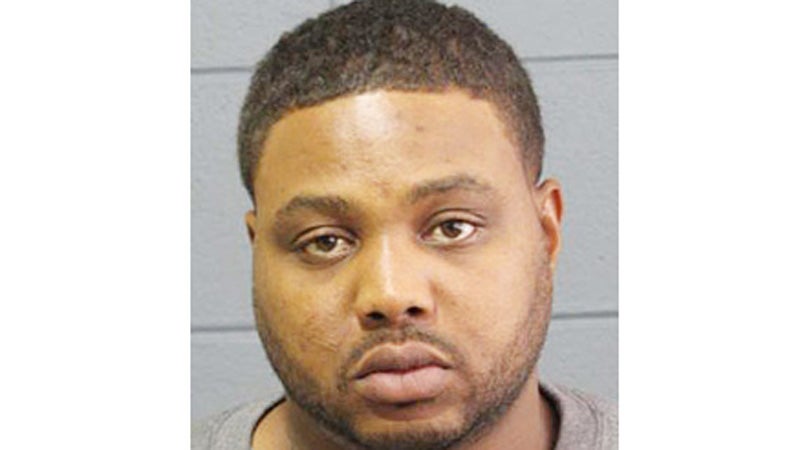Melissa’s Musings: How to teach children about 9/11 event
Published 12:00 am Tuesday, September 24, 2002
By MELISSA PEACOCK
Sept. 11, one year later, reporters and photographers go out into the community to capture that one moment, that poignant image that will bring back the emotions felt last September when the first hijacked airline hit the World Trade Center in New York, when broadcasters first announced that four planes were commandeered by terrorists.
While we as reporters are always advised to keep a professional distance on every story, we can never fully remove ourselves from sharing in the moments of happiness and sadness that we observe. We look for the things that move us. Those are the very images we try to bring to our audience with pictures and with words.
While the lens of my camera captured some beautiful scenes throughout St. John the Baptist Parish on this, the first anniversary of the attack on the United States, I observed with great sadness some indifference among local youth. I will not single out any individual, any group, at any school. I attended a number of ceremonies and saw at each a wide spectrum of emotions, both positive and negative.
I try to remember that there are children in school too young to remember the man-powered missiles slamming into the World Trade Center and the Pentagon. There are children who were well sheltered by parents from the impact. And then, as the old adage says, there are times when ‘kids will be kids.’
But there is a season for all things.
Whether or not 9/11 evoked emotions, whether or not local students felt the impact, it was a very significant turning point in our nation’s history. It was a real-life lesson in history, politics and current events. It was a lesson in cultural differences and misunderstanding, a lesson of love and of human kindness. It remains a lesson that should not be left out of a child’s education.
School assemblies are a wonderful way to promote student learning. They offer a break from traditional in-class learning, from tiny desks and windowless classrooms. They also give students an opportunity to interact with guest speakers, with school faculty and administrators and, yes, with each other. Many schools took advantage of this type of learning and profited from it. But what did students at assemblies where socializing took precedent over learning get from this first anniversary?
Sometimes assemblies miss their target. Sometimes assemblies are not enough. That is when something has to be done in the classroom.
I applaud efforts by some local teachers to make Sept. 11, 2001, a part of their lesson plans this year. Bringing the tragic event to smaller groups of students afforded advantages to students that large assemblies could not always provide. Students had more of an opportunity to participate in open discussions, to ask questions and to react to audio/visual images. Teachers had a better opportunity to observe reactions. Was laughter by some students misbehavior or was it uncomfortable laughter by those unable to deal with their emotions? Discipline problems were less with fewer students vying for time, attention and help.
Most schools will tell you that there were no real curriculum changes as a result of 9/11. Still, some teachers, with the support of school administrators, added 9/11 to lesson plans. That decision was not an easy one.
There are some parents still trying to shelter their children from the violence witnessed last September.
While intentions are good, their goal is impossible. There has been too much media coverage, too many other students talking about it.
It is time to trust teachers, to let them do their jobs. As much as we would like to protect the innocence of local youth, we can deny them knowledge indefinitely. It is a lot more comforting to learn about current events from a parent or teacher than it is to learn from another student or a stranger.
MELISSA PEACOCK is a staff reporter for L’Observateur. She may be reached at (985) 652-9545.





